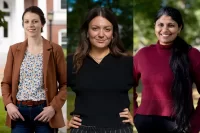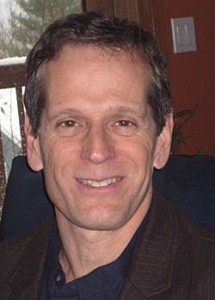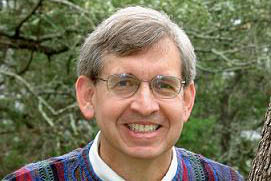
Math professor makes short work of knotty problems
In a pair of lectures at Bates, mathematician Colin Adams will explore the ins and outs of knots.
The Thomas T. Read Professor of Mathematics at Williams College, Adams will combine laughs and math as he assumes the character of Sir Randolph Bacon III for the presentation Blown Away: What Knot to Do When Sailing at 7:30 p.m. Wednesday, Sept. 26, in the Benjamin Mays Center, 95 Russell St. A reception follows.
Earlier that day, for math aficionados, Williams offers the lecture Triple Crossing Number of Knots at 4:30 p.m. in Room 104 of Hathorn Hall, 3 Andrews Road (Alumni Walk). Refreshments in Room 209 will precede the talk at 4 p.m.
The evening event is the annual Sampson Lecture at Bates, sponsored by the Richard W. Sampson Lecture Fund. For more information, please call 207-755-5978.
Intended for math enthusiasts, Adams’ afternoon lecture explores the nature and ramifications of crossings within knots.
No nautical or mathematical background is assumed for the evening presentation, which Adams describes as “a tale of adventure on the high seas involving great risk to the tale teller, and how an understanding of the mathematical theory of knots saved his bacon.” Adams incorporates props and other stagecraft into this fun interactive event.
Adams received his doctorate from the University of Wisconsin-Madison in 1983. He is particularly interested in the mathematical theory of knots, their applications and their connections with hyperbolic geometry. He is the author of The Knot Book (Freeman & Company, 1994), an elementary introduction to the mathematical theory of knots; and co-author with Joel Hass and Abigail Thompson of How to Ace Calculus: The Streetwise Guide and How to Ace the Rest of Calculus: the Streetwise Guide (both Times Books; 1998 and 2001, respectively), humorous supplements to calculus.
The annual Sampson Lectures honor the memory of the late Richard W. Sampson, who served on the faculty from 1952 to 1990. He was admired for his passionate and creative teaching.





